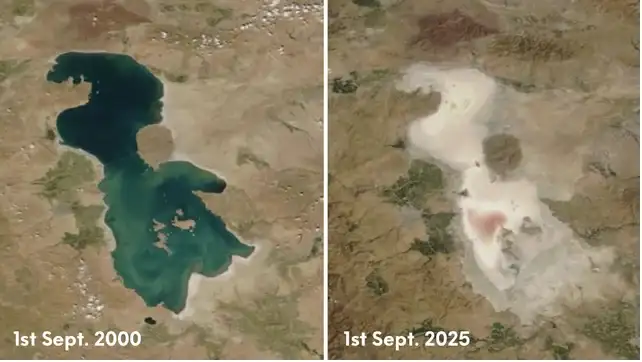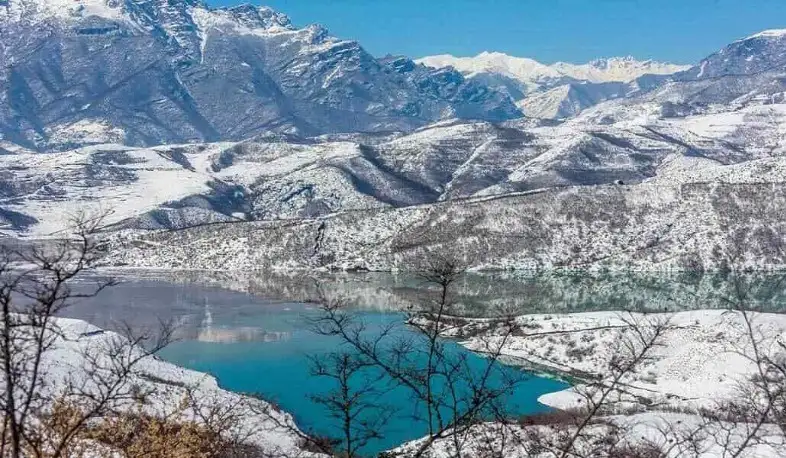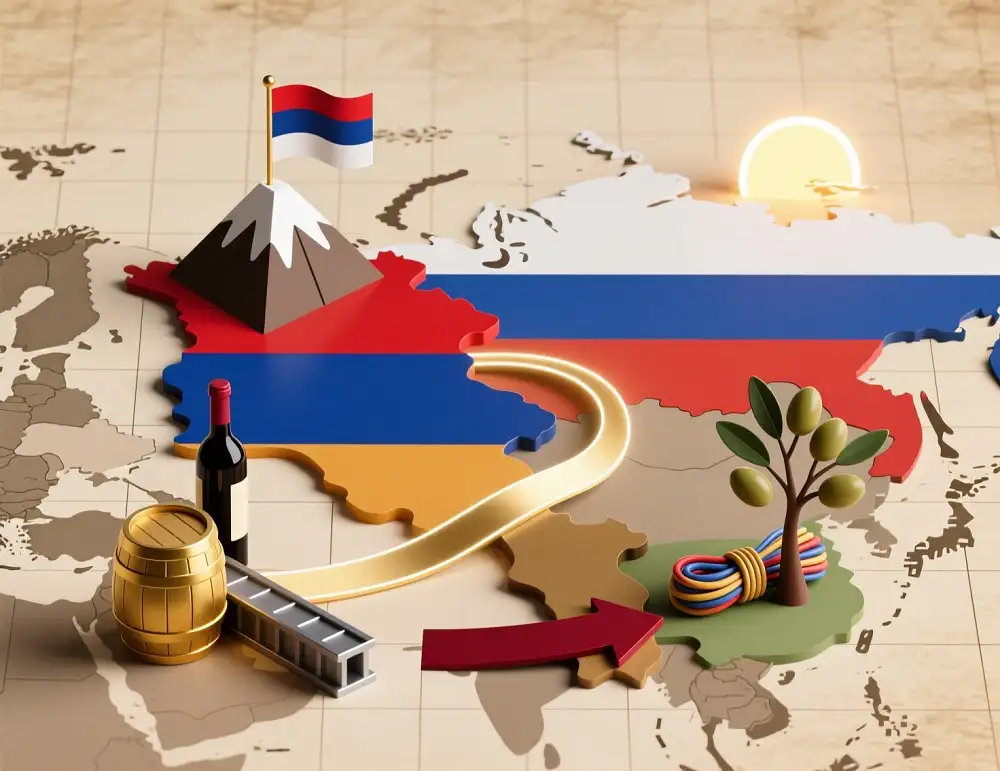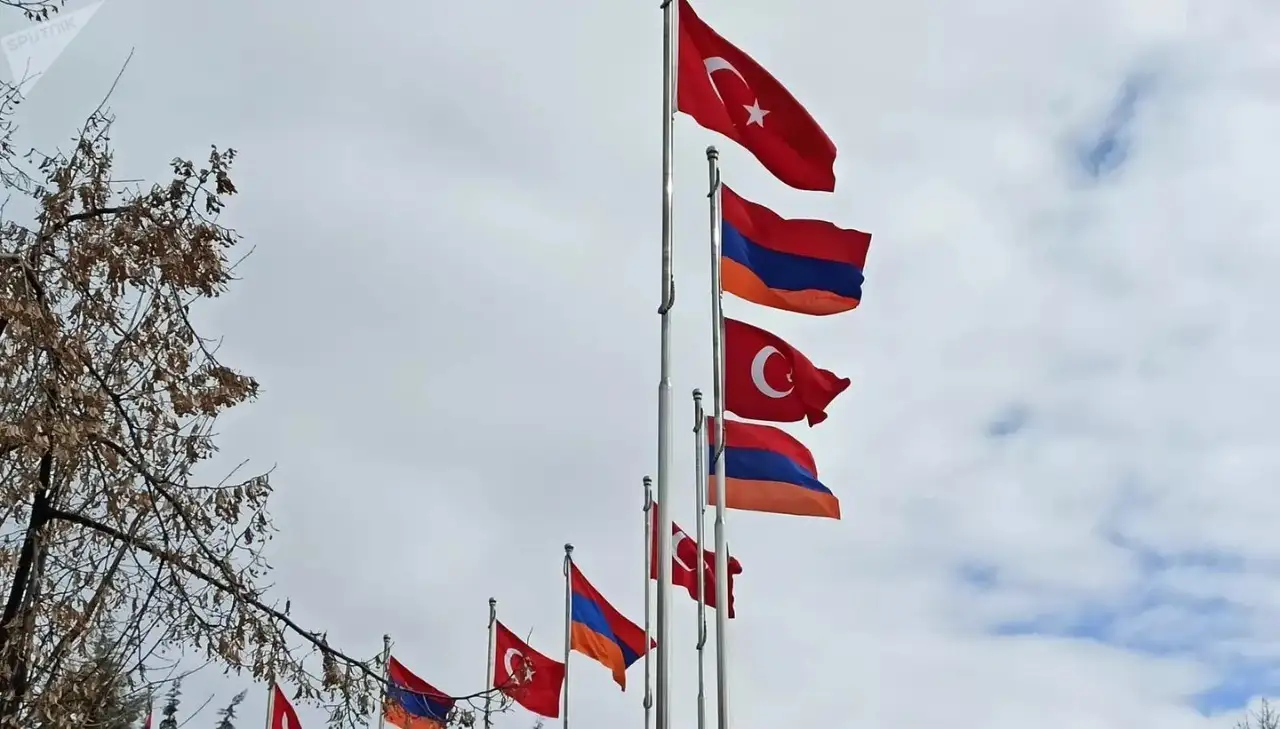Lake Urmia, located in northwestern Iran, has a history spanning more than 4,000 years and is considered the largest saltwater basin in Asia. However, it has completely dried up. The lake covered an area of about 8,200 km² in the 1980s. But in the summer of 2025, it turned into a salt desert. Only a few small puddles are visible in satellite images.
Environmentalists and opposition media outlets describe the drying up of Urmia as an “ecological disaster” caused by problems that the government has ignored for years. According to Iran News Update, there are more than a million illegal wells in the country, which have devastatingly depleted groundwater.
Agriculture has also exacerbated the problem: it uses 88% of Iran’s water resources, but provides only 10% of the economy. As a result, the country consumes an average of 43 million m³ of water more than natural sources can replenish each year.
Iranian President Masoud Pezeshkian declared in July that “Tehran no longer has water.” He even admitted that the authorities were considering relocating the capital, as the city’s population of approximately 15 million is facing a water crisis.
The drying up of Urmia has already had disastrous consequences: the regions are suffering from salt storms that are destroying the soil and making agriculture difficult.




















